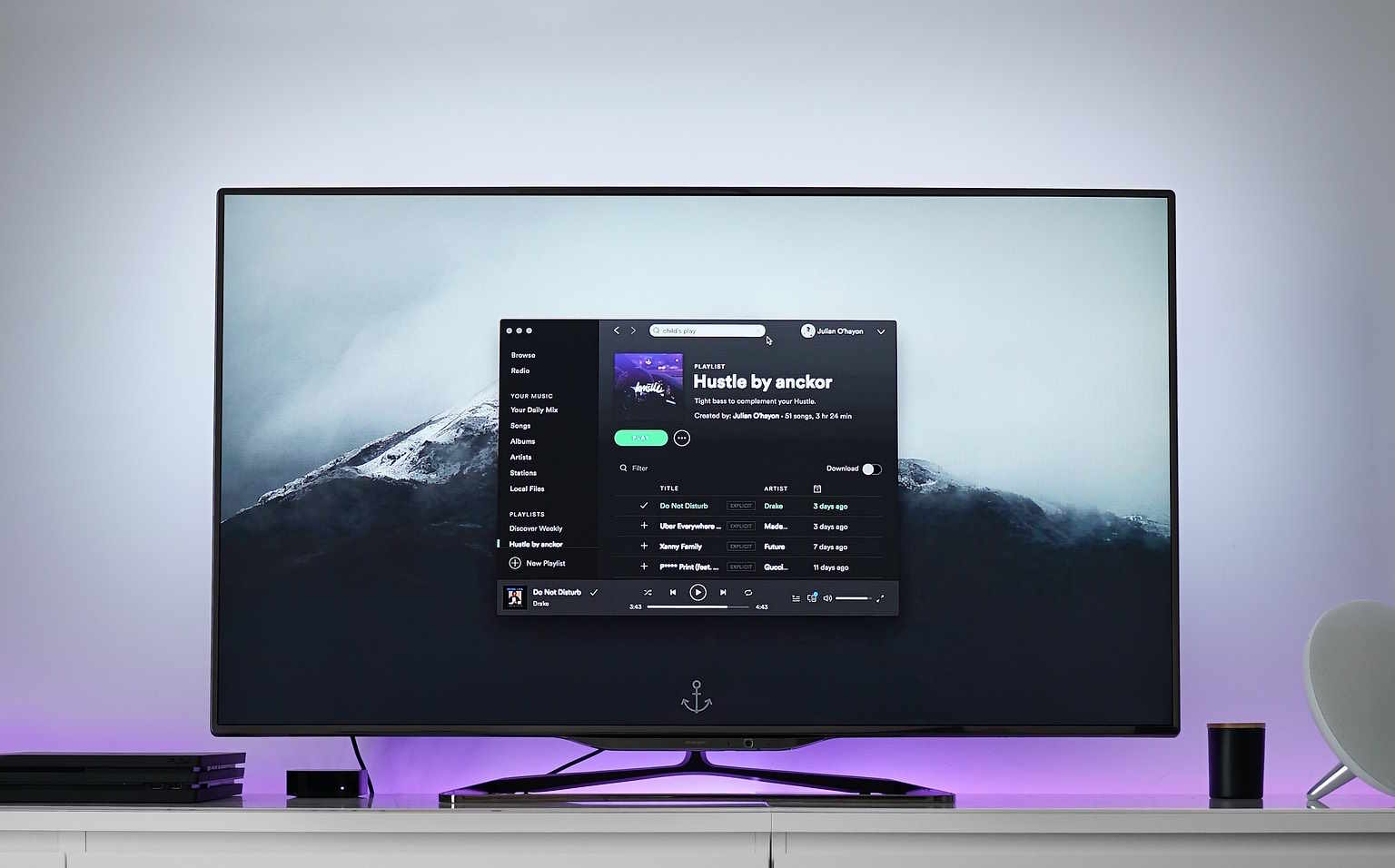The Surge of Bare Knuckle Fighting: A Brutal Yet Rising Combat Sport
Bare-knuckle fighting has emerged as one of the fastest-growing combat sports, captivating fans with its raw intensity and no-frills action. With its roots in ancient times, this sport has made a modern comeback, drawing both criticism and admiration. What’s driving its rise in popularity, and what does it mean for the future of combat sports? Read below to learn more.

A Brief History of Bare Knuckle Fighting
Bare-knuckle fighting dates back to ancient civilizations, where contests of strength and endurance were often fought without the use of gloves or protective gear. In the 18th and 19th centuries, it was particularly popular in the UK and the US, with fighters engaging in brutal, often marathon-length battles. However, as modern boxing evolved and the safety of athletes became more of a priority, the sport fell into decline.
Today, the resurgence of bare-knuckle fighting is a reflection of fans’ desire for raw and unfiltered competition. Major organizations like Bare Knuckle Fighting Championship (BKFC) have reintroduced the sport to a new generation, blending the traditions of old-school combat with modern rules and safety precautions. While it may seem barbaric to some, many fans argue that bare-knuckle fighting offers a purer, more technical form of combat that’s unencumbered by the padding of gloves.
The Rise of BKFC and Its Growing Fanbase
The Bare Knuckle Fighting Championship (BKFC), founded in 2018, has been pivotal in bringing the sport back to the mainstream. BKFC events have drawn considerable attention, both from hardcore fight fans and casual viewers intrigued by the spectacle. The sport’s appeal lies in its simplicity: two fighters, minimal equipment, and a focus on striking and defense skills.
BKFC has attracted notable fighters from other combat sports, including former UFC and boxing stars looking for a new challenge. This crossover of talent has helped legitimize the sport, drawing more eyes to its events. With every event, BKFC is gaining traction, filling arenas and generating significant pay-per-view sales.
The promotion’s success is also driven by its clear and strict rule set. Contrary to popular belief, bare-knuckle fighting does have safety regulations. Fights are limited to five rounds, and referees keep a close watch to minimize unnecessary damage. These steps, combined with the sport’s appeal to fans of both boxing and MMA, have led to its rapid rise.
The Controversy: Brutal or Just Honest?
Despite its growing popularity, bare-knuckle fighting has not been without its controversies. Critics argue that the sport is too dangerous, pointing out that bare fists cause more superficial cuts and bruises compared to gloved boxing. Without gloves, the damage is more immediate and visible, which some say heightens the risk for long-term injury.
However, proponents counter that bare-knuckle fighting may actually be safer in some respects. With no padding, fighters are more cautious about delivering headshots, since the risk of breaking a hand is much higher. The result is fewer concussive blows compared to sports like boxing, where fighters can take sustained punishment over longer rounds.
The debate rages on, but one thing is clear: bare-knuckle fighting is here to stay, and its brutal honesty is part of the appeal for fans seeking a more authentic combat experience.
Why Athletes Are Transitioning to Bare Knuckle
A surprising number of athletes from established sports like MMA and boxing have made the switch to bare-knuckle fighting, which has raised eyebrows in the combat sports world. Fighters are often lured by the potential for bigger paydays and the chance to reinvent their careers in a burgeoning sport.
In addition to financial incentives, many fighters see bare-knuckle as a test of pure skill. Without the aid of gloves, striking technique, accuracy, and defense become even more important. The technical challenge and the chance to prove themselves in a new arena appeal to veteran fighters and those seeking a fresh start after leaving the UFC or boxing.
For others, bare-knuckle fighting represents a return to the basics, where toughness and grit matter more than anything. This simplicity, combined with the sport’s rising profile, makes it an attractive option for combat athletes at various stages of their careers.
The Future of Bare Knuckle Fighting
The future of bare-knuckle fighting looks bright, with promotions like BKFC expanding globally and attracting more fighters and fans alike. The sport is already making strides in terms of mainstream recognition, with major broadcasters picking up events and celebrity fighters drawing attention.
As the sport grows, it’s likely that further regulations will be introduced to ensure fighter safety, which could help the sport gain wider acceptance. This is crucial for its long-term success, as public perception will play a significant role in determining how far bare-knuckle fighting can go.
Moreover, the sport’s grassroots appeal, combined with the modern appetite for fast, intense competition, suggests that bare-knuckle fighting will continue to carve out its own niche within the combat sports world. Whether it will reach the levels of popularity seen in MMA or boxing remains to be seen, but one thing is certain: bare-knuckle fighting isn’t going anywhere.
Useful Tips and Facts
- Bare-knuckle fighting has its roots in ancient Greek and Roman combat sports.
- Fights are often shorter than in other combat sports, with a maximum of five two-minute rounds.
- Fighters often suffer more cuts and bruises, but there are fewer long-term brain injuries compared to traditional boxing.
- BKFC has a strict medical protocol, requiring fighters to undergo thorough health checks before competing.
- Several notable UFC fighters, including Artem Lobov and Paige VanZant, have transitioned to bare-knuckle fighting.
- Despite its brutal appearance, fighters often claim bare-knuckle requires more technical skill than MMA or gloved boxing.
Conclusion
Bare-knuckle fighting’s resurgence is proof that fans still crave the raw, unfiltered aspects of combat sports. While controversial, its rise in popularity has sparked fresh debates about fighter safety and the future of the sport. With a growing fanbase and an influx of talented fighters, bare-knuckle fighting seems set to become a lasting fixture in the combat sports landscape. Whether you love it or hate it, there’s no denying that it’s captured the imagination of a new generation of fight fans.






